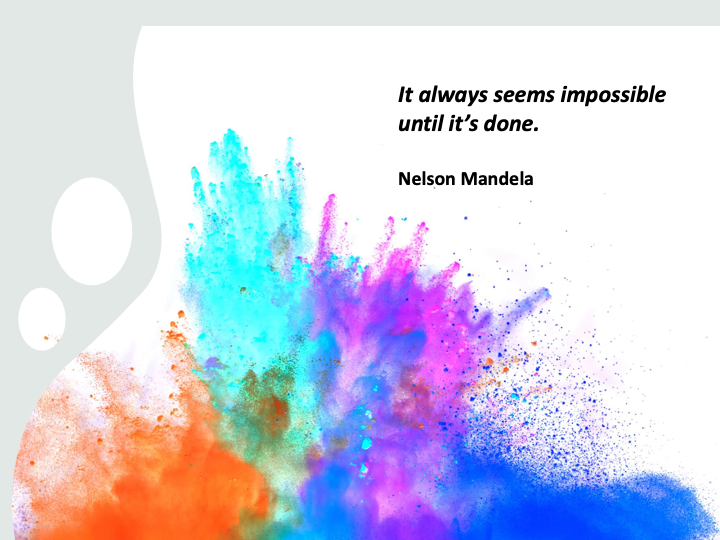Knowing how to wait is an important quality for every human. For an athlete or team, it means knowing how to wait for the moment when the competition begins. These waits are usually not experienced as short and easy moments. One would like to start right away but cannot and has to respect the start time that someone else has decided. In an age where with a click one can get an answer to any question, waiting stands on the other side of the continuum in which on one end there is “anything and everything now” and at the other end there is a time that is well defined but not that of the present, the here and now.
From the energy point of view, waiting implies knowing how to keep physical and mental energy intact for when the race begins. From that time and until the end of the competition one must expend it effectively. On the psychological side, waiting should serve to guide the mind on ideas unrelated to what is going to be done; athletes often listen to music, relax or read, to keep it in another world away from the race, and then have performance-related thoughts as the start time approaches.
Such an approach to the race puts athletes in a position to guide themselves effectively and enables them to reach what is known as the Individual Zone of Individual Functioning, which consists of knowing how to put oneself in the pray in the emotional condition one prefers.





